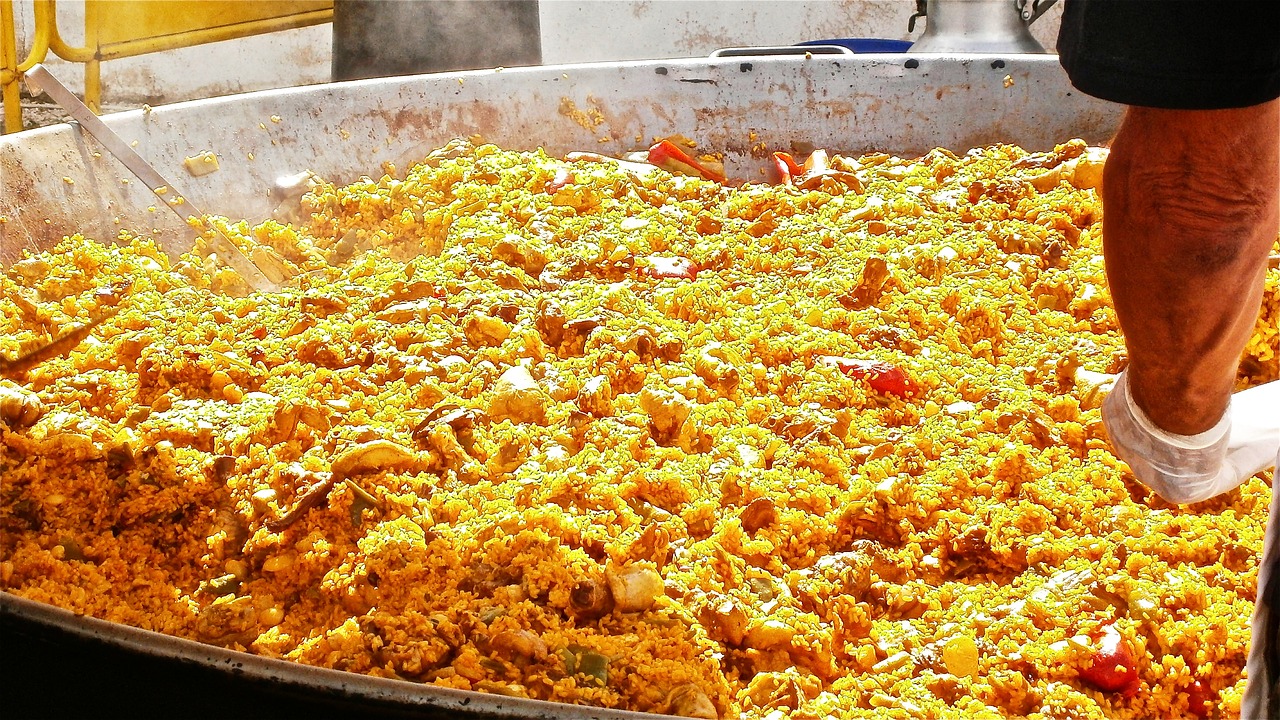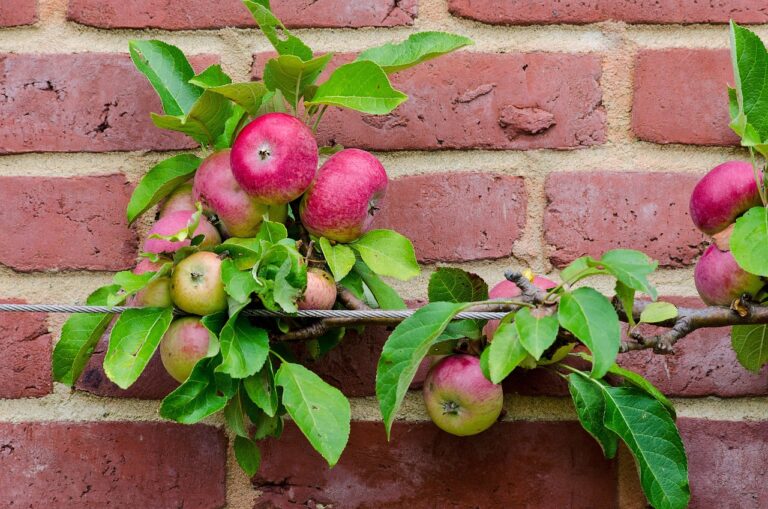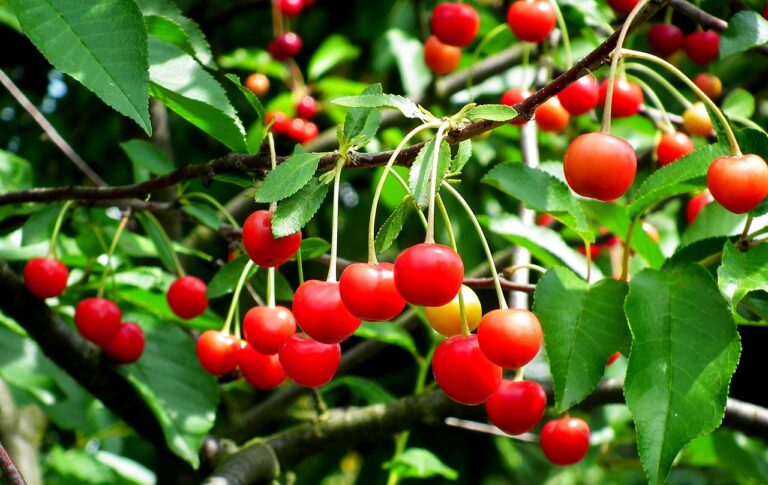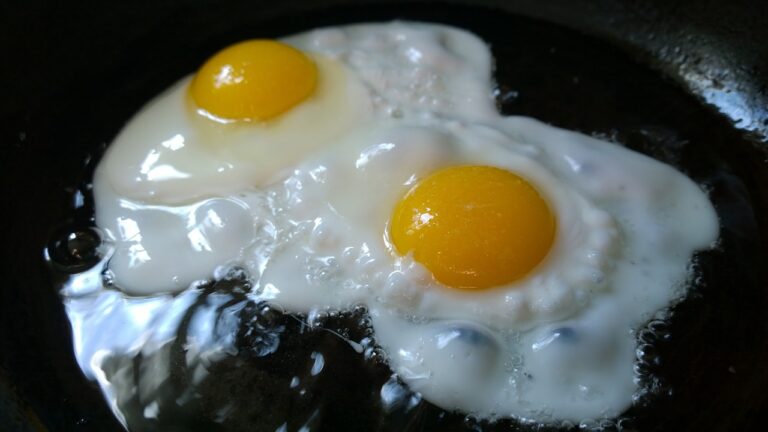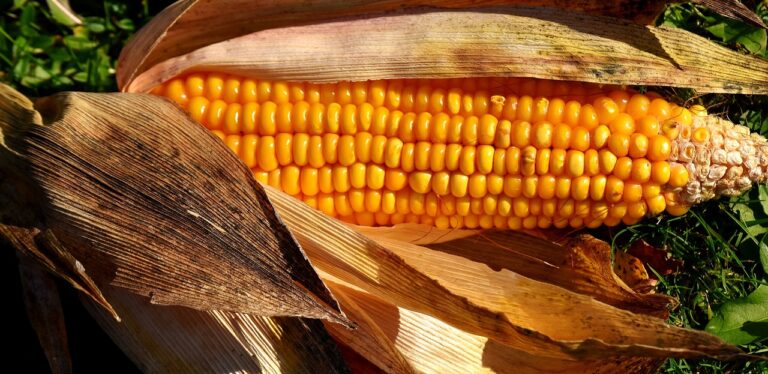Olive Oil Production in Serbia: Trends and Insights: Sky.247, Diamondexch9 com, Tiger exchange vip
sky.247, diamondexch9 com, tiger exchange vip: Olive Oil Production in Serbia: Trends and Insights
Olive oil production in Serbia has been steadily growing in recent years, with the country becoming an important player in the global market. The unique climate and soil conditions in Serbia make it an ideal place for olive cultivation, leading to an increase in both the quantity and quality of olive oil produced.
In this article, we will explore the trends and insights into olive oil production in Serbia, highlighting the key factors driving the growth of the industry and the challenges that producers face. From the traditional methods of olive cultivation to the modern techniques being adopted, we will delve into the world of Serbian olive oil production.
The Rise of Olive Oil Production in Serbia
Serbia has a long history of olive cultivation, dating back to ancient times. However, it is in recent years that the country has seen a significant increase in olive oil production. This growth can be attributed to several factors, including improved technology, investment in the industry, and the rising demand for high-quality olive oil.
One of the main drivers of the growth in olive oil production in Serbia is the increasing awareness of the health benefits of olive oil. Consumers are becoming more health-conscious and are opting for olive oil as a healthier alternative to other cooking oils. This has led to a surge in demand for Serbian olive oil both domestically and internationally.
Furthermore, the government of Serbia has been actively promoting the olive oil industry, providing support to local producers and encouraging investment in the sector. This has helped to modernize the industry and improve the quality of olive oil produced in the country.
Traditional vs. Modern Olive Cultivation Methods
While Serbia has a long history of olive cultivation, traditional methods have given way to more modern techniques in recent years. Traditional methods such as hand harvesting and stone pressing are still used by some small-scale producers, but many larger producers have adopted modern methods to increase efficiency and improve the quality of their olive oil.
Modern olive cultivation methods in Serbia include the use of mechanized harvesting equipment, advanced irrigation systems, and state-of-the-art olive mills. These technologies have helped to increase the yield of olives and improve the quality of the olive oil produced.
In addition, many producers in Serbia are also investing in organic farming practices, aiming to produce high-quality organic olive oil that meets the growing demand for organic products. Organic olive oil is produced without the use of synthetic pesticides or fertilizers, making it a healthier and more environmentally friendly option for consumers.
Challenges Facing the Olive Oil Industry in Serbia
Despite the growth of the olive oil industry in Serbia, producers still face several challenges that threaten the sustainability of the sector. One of the main challenges is the impact of climate change, which is causing unpredictable weather patterns and fluctuations in temperature that can affect olive production.
Pests and diseases are another major challenge facing olive producers in Serbia. The olive fly, in particular, is a common pest that can damage olive crops and reduce yields. Producers must constantly monitor and manage pest infestations to protect their crops and ensure a successful harvest.
Competition from other olive oil-producing countries is also a challenge for Serbian producers. Countries such as Spain, Italy, and Greece are major players in the global olive oil market, and Serbian producers must compete with them to establish their place in the industry.
FAQs
1. What is the best type of olive oil produced in Serbia?
The best type of olive oil produced in Serbia is extra virgin olive oil, which is made from the first pressing of the olives and has the highest quality and flavor.
2. How is olive oil production regulated in Serbia?
Olive oil production in Serbia is regulated by the Ministry of Agriculture, which sets standards for production, labeling, and marketing of olive oil to ensure its quality and authenticity.
3. What are the health benefits of Serbian olive oil?
Serbian olive oil is rich in antioxidants, vitamins, and healthy fats, making it a heart-healthy choice that can lower cholesterol levels and reduce the risk of heart disease.
4. How can I distinguish high-quality olive oil from lower-quality olive oil?
High-quality olive oil will have a fruity and peppery flavor, a golden-green color, and a distinct aroma of fresh olives. Lower-quality olive oil may have a bland taste, a pale color, and a greasy texture.
5. Is organic olive oil better than conventional olive oil?
Organic olive oil is produced without synthetic pesticides or fertilizers, making it a healthier and more environmentally friendly option. However, both organic and conventional olive oil can be high-quality products, depending on the producer’s practices.
In conclusion, olive oil production in Serbia is on the rise, driven by increasing demand for high-quality olive oil and government support for the industry. Producers are adopting modern cultivation methods and investing in organic farming practices to meet consumer preferences and ensure the sustainability of the sector. Despite facing challenges such as climate change and competition from other countries, Serbian olive oil producers are optimistic about the future of the industry and the potential for growth in the global market.

